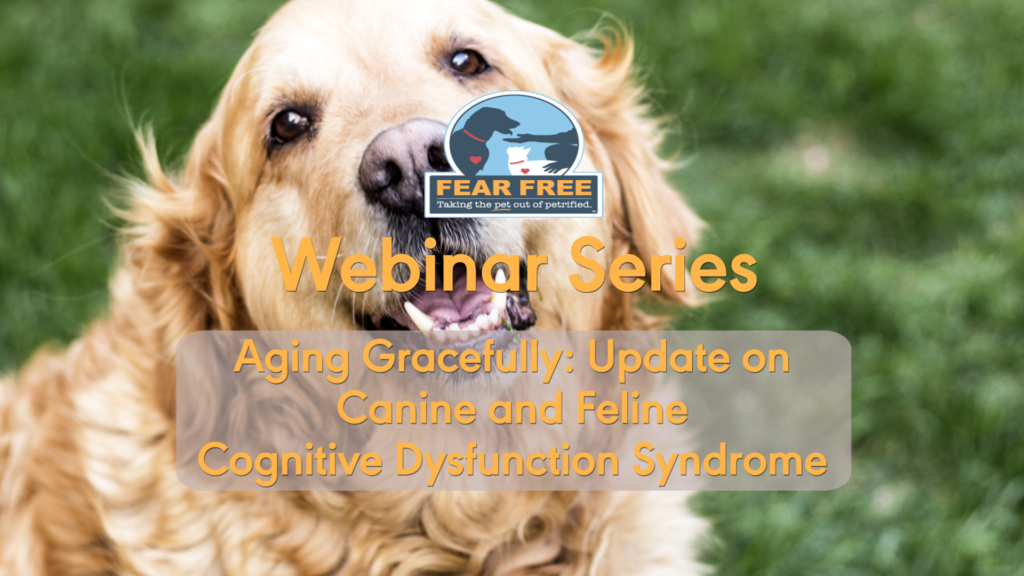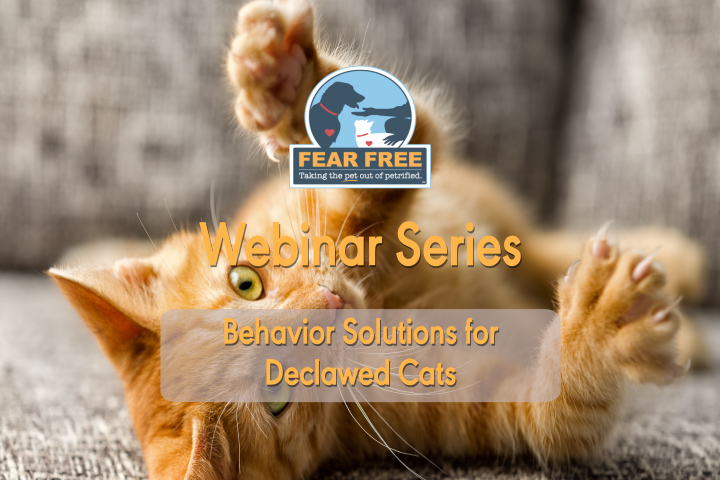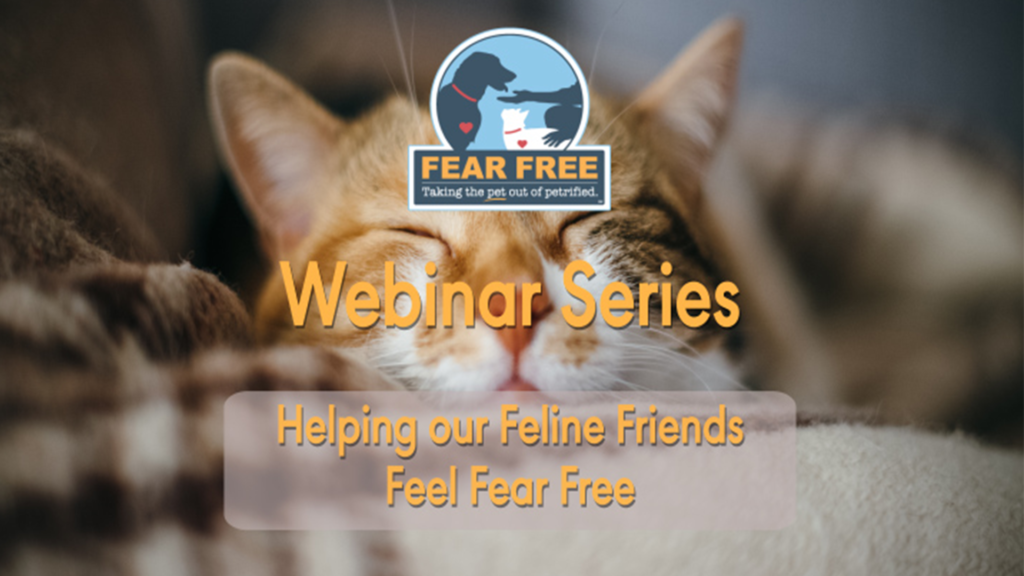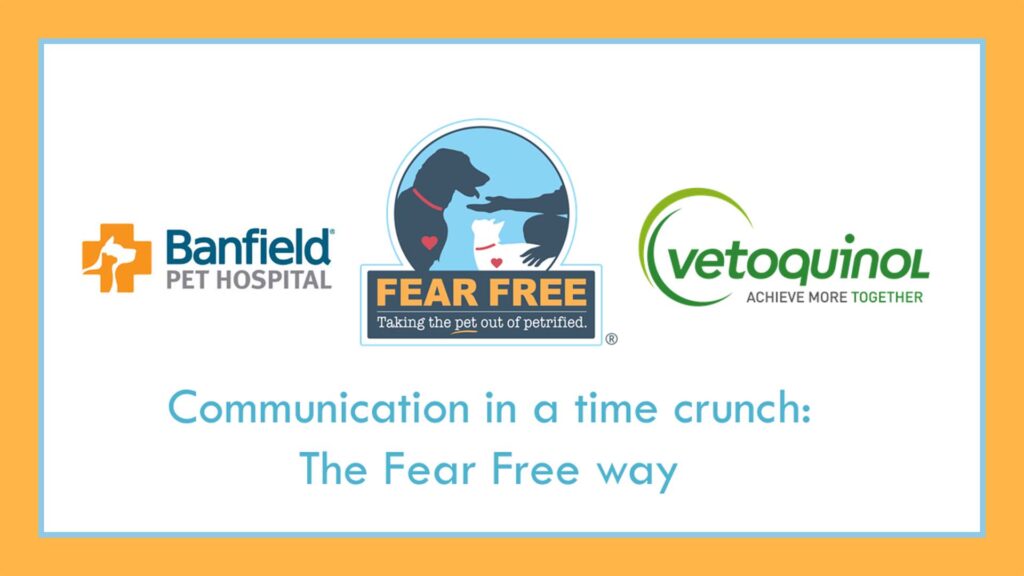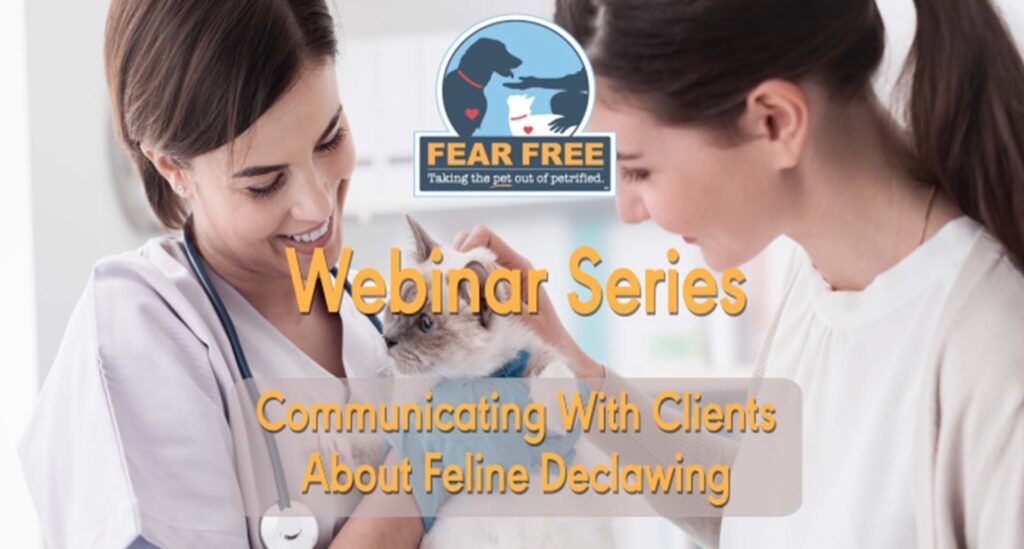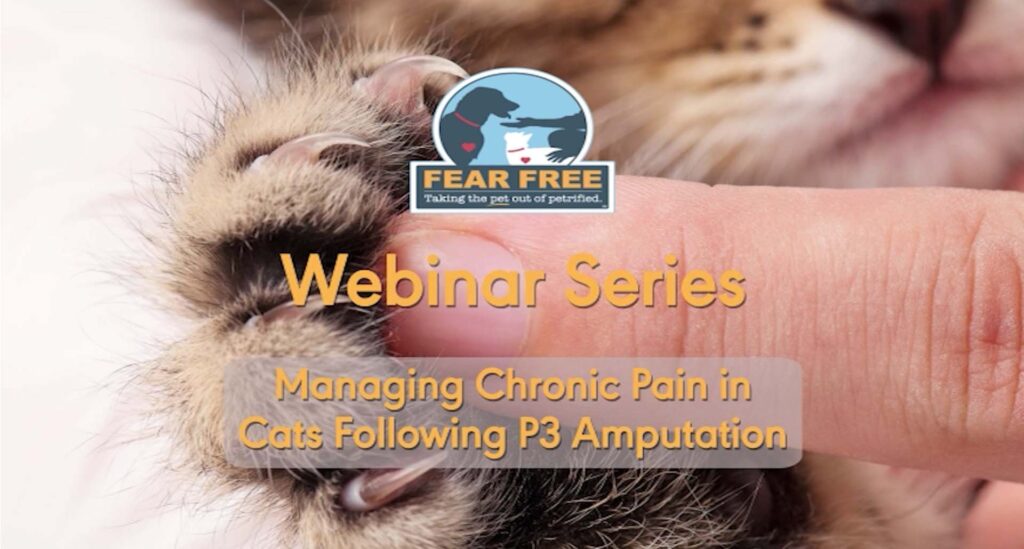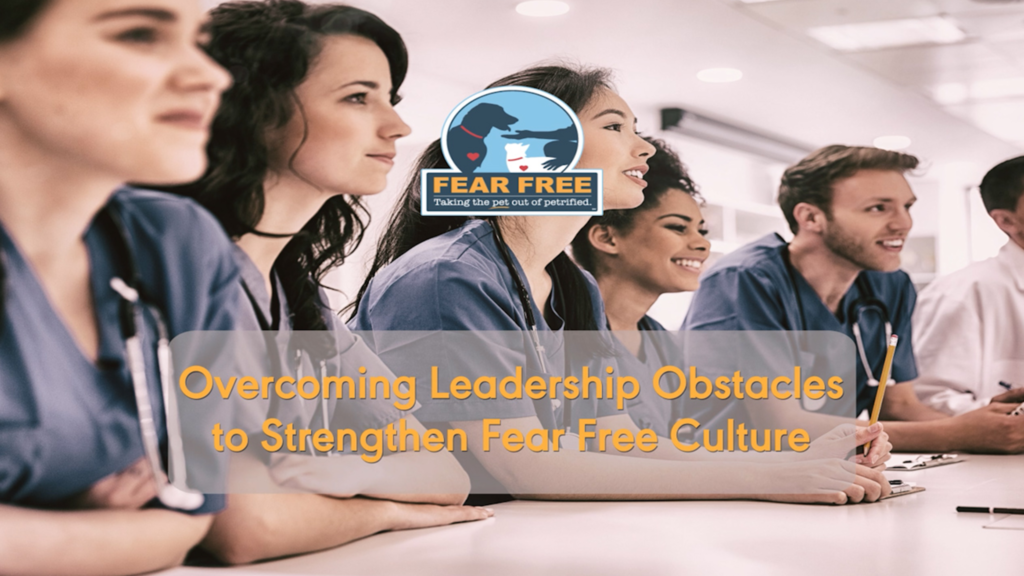
Looking for practical ways to improve happiness and productivity while decreasing burnout and dysfunction in your practice?
Join Natalie Gruchow, CVPM, SHRM-CP, Elite FFCP (Veterinary) who will explore ways to overcome leadership obstacles and strengthen a Fear Free culture.
In this webinar, Natalie Gruchow covers:
- Identify dysfunction in your practice
- Embrace vulnerability to repair trust with your employees
- Apply advanced Fear Free concepts
About the Presenter
My life is full of love, laughs, adventures, dogs, and critters. I have a wonderful husband named Tim and we travel every chance we get. We have a black lab named Sniff, 2 bearded dragons named Piney & Lanky, and a 120-gallon aquarium.
My passion in life is helping people & animals, so my career as the Certified Veterinary Practice Manager at the Animal Health Clinic is the perfect fit for me. I take pride in my work and am very loyal and dedicated. I am in charge of all business functions for the company. The Animal Health Clinic is a 6-doctor, small animal, avian, & exotic practice. We have been American Animal Hospital Association (AAHA) Accredited since 1979 and Fear Free Certified since 2019. Since my start date, I have tripled our social media following, strengthened our brand image, and built an amazing team. Revenue has increased over $1 million.
As a CVPM, it is important to me to be involved with the community and I regularly provide general pet education at rescue events, 4-H programs, and school activities. Topics include Leash Etiquette (see flyer), Fear Free Pets, Fear Free Happy Homes, and exotic pet awareness.
My favorite roles are in marketing and human resources. I design all marketing materials for Animal Health Clinic and am a leader for over 30 employees.

